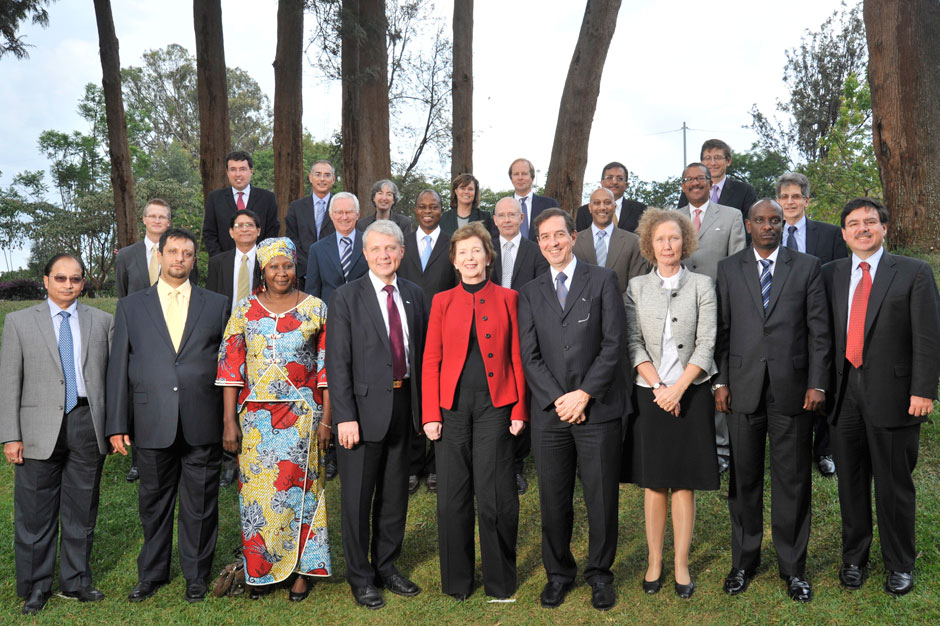7a f4 GAVI Alliance Business Plan 2011 2015 Annex 4 pdf
Annex 4 Risk Matrix - GAVI Alliance Board Meeting, 30 November - 1 December 2010
Level of risk High
Medium
Low
Risk category Main risk Likelihood
of riskPotential for
negative
impact
Specific risk
Risk mitigation strategy/activity in the business plan Strategic
goalProgramme
objective/
Residual
risk (post
mitigation
actions)
Predictability of donor
commitments
Re-designed replenishment mechanism, increased emphasis on
multi-year agreements and pledges
SG3 321
Size and diversity of the
funding base
Increased efforts to expand the funding base, specifically targeting
key members of the G20, innovative finance mechanisms and,
new private and corporate partnerships
SG3 322
Donor relations/
perceptions
Enhanced donor relations and improved donor communications.
Formalised and more active donor support network (e.g., Friends
of GAVI)
SG3, ACPP 321, 322, AC111
Economic and
financial market
risks
Low Medium Credit ratings, currency
fluctuation, interest
rates etc.
Long-range financial planning and forecasting. Robust financial
management strategies and policies
Financial
admin
Internal financial
management
Low
Medium-term
liquidity risks (2-3
years) Low
MediumCash flow Rigorous internal financial management policies and controls (inc.
cash flow reserve policies, regular internal audits) Financial
admin Internal financial
management
Low
Cash-based
Programme risks
High High Health system
strengthening grants,
CSO grants, IRIS
Programme
Dedicated infrastructure for the management of cash-based grants
(incl. TAP, FMAs etc.). Joint partnership with the World Bank,
Global Fund and WHO in the Health Systems Funding Platform
(incl. joint assessments and annual reviews, and a surveillance
platform).
SG2 211, 212 High
Applications, reviews
and disbursement
process risksDedicated country communications capacity, evidence based
decision making, direct support with GAVI applications (vaccines
and HSS). Independent Review Committee technical reviews and
recommendations around country applications. Alignment of GAVI
funding with country planning and budgeting cycles. SG1, SG2 111, 112, 113, 121,
211, 212
Forecasting and
planning
Specialised demand and supply forecasting across all vaccines
(current and future)
SG1, SG4 111, 112, 121, 122,
123, 411
Country capability and
infrastructure
Specialised in-country training and capability building.
Implementation of proven country systems, structures and
processes for vaccine introduction (incl. vaccine policies and
regulations) SG1 111, 112, 121, 122,
123
Programme
performance
Routine assessments and reviews (e.g., APRs, EVMs, pre and
post-Programme evaluations), routine Programme monitoring
SG1, ME 112, 121, ME111
High
Medium
Funding risk
Country introduction
risks
High
Low
High
Medium
Financial risk
Operating risks

